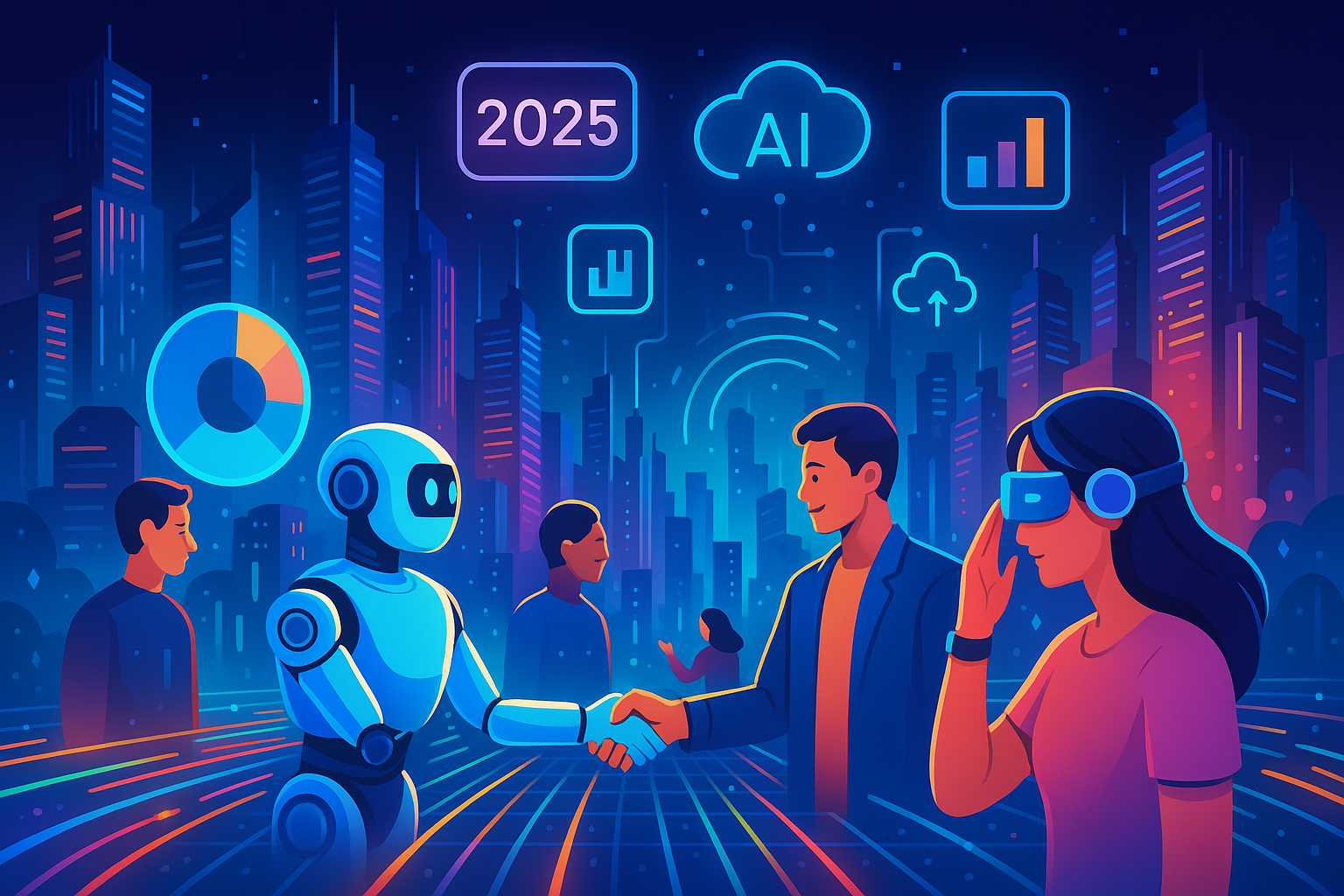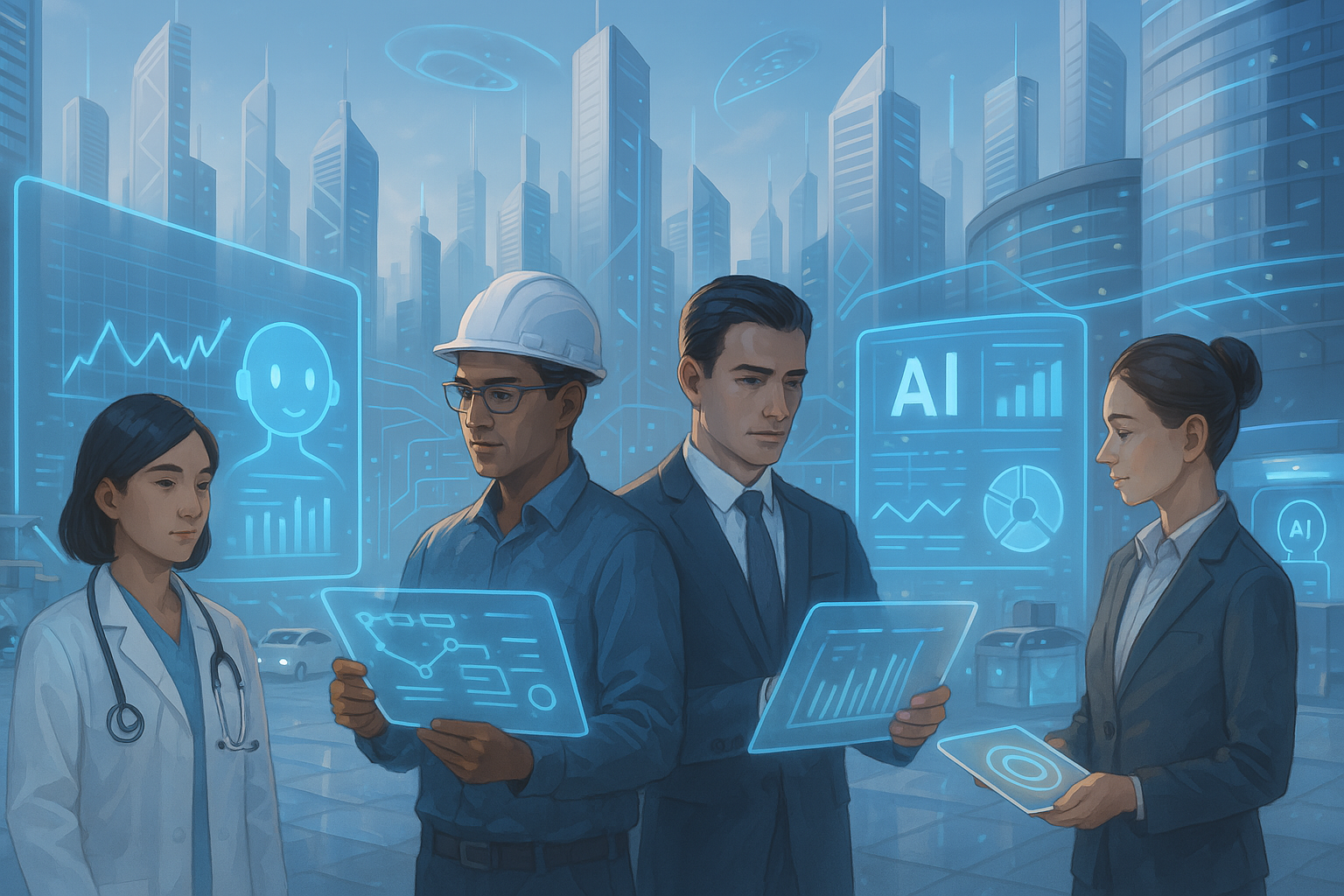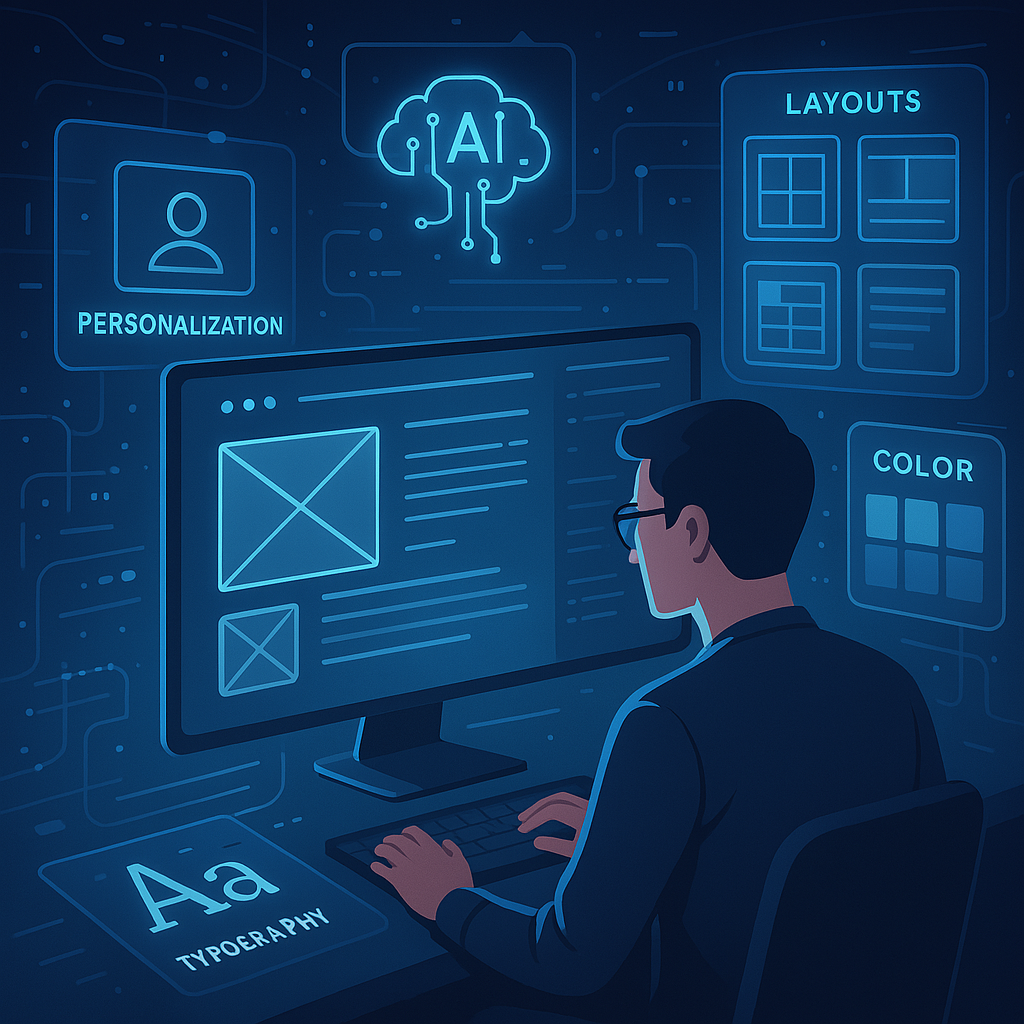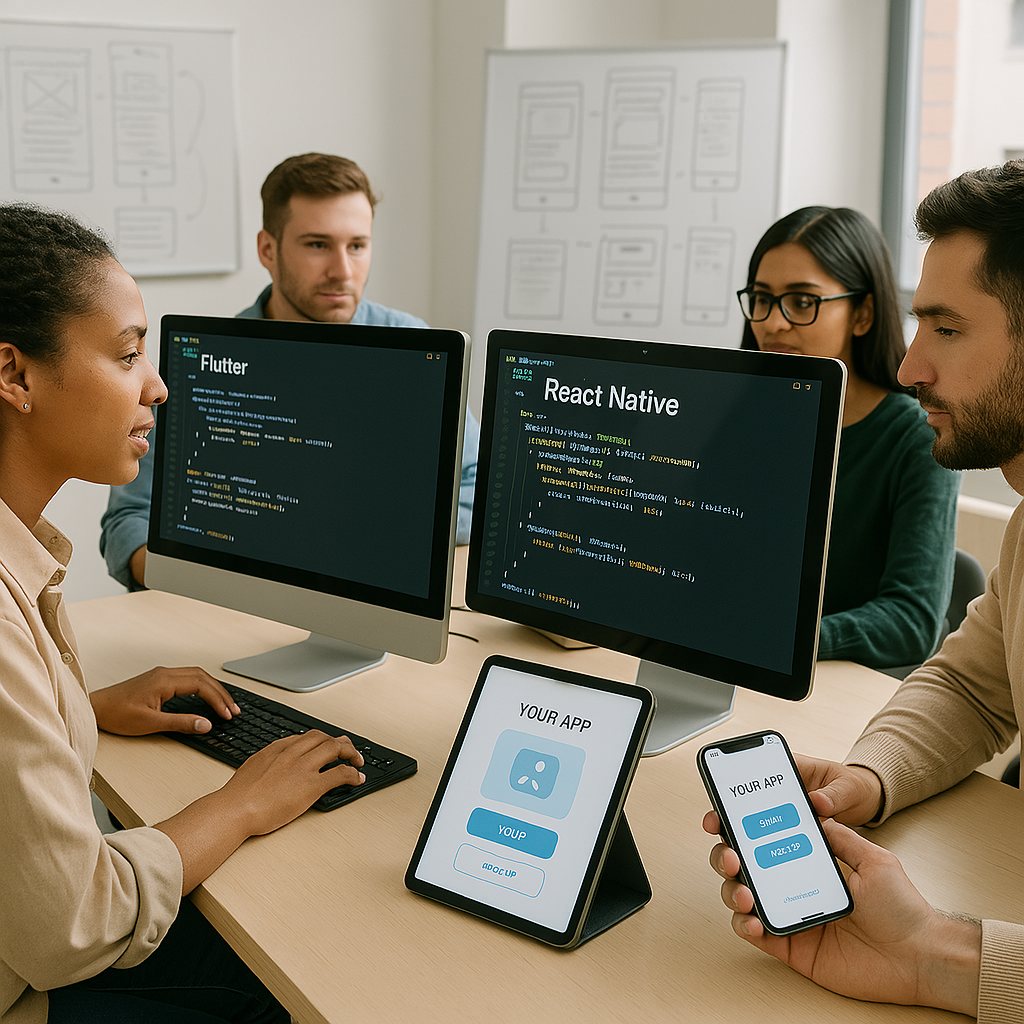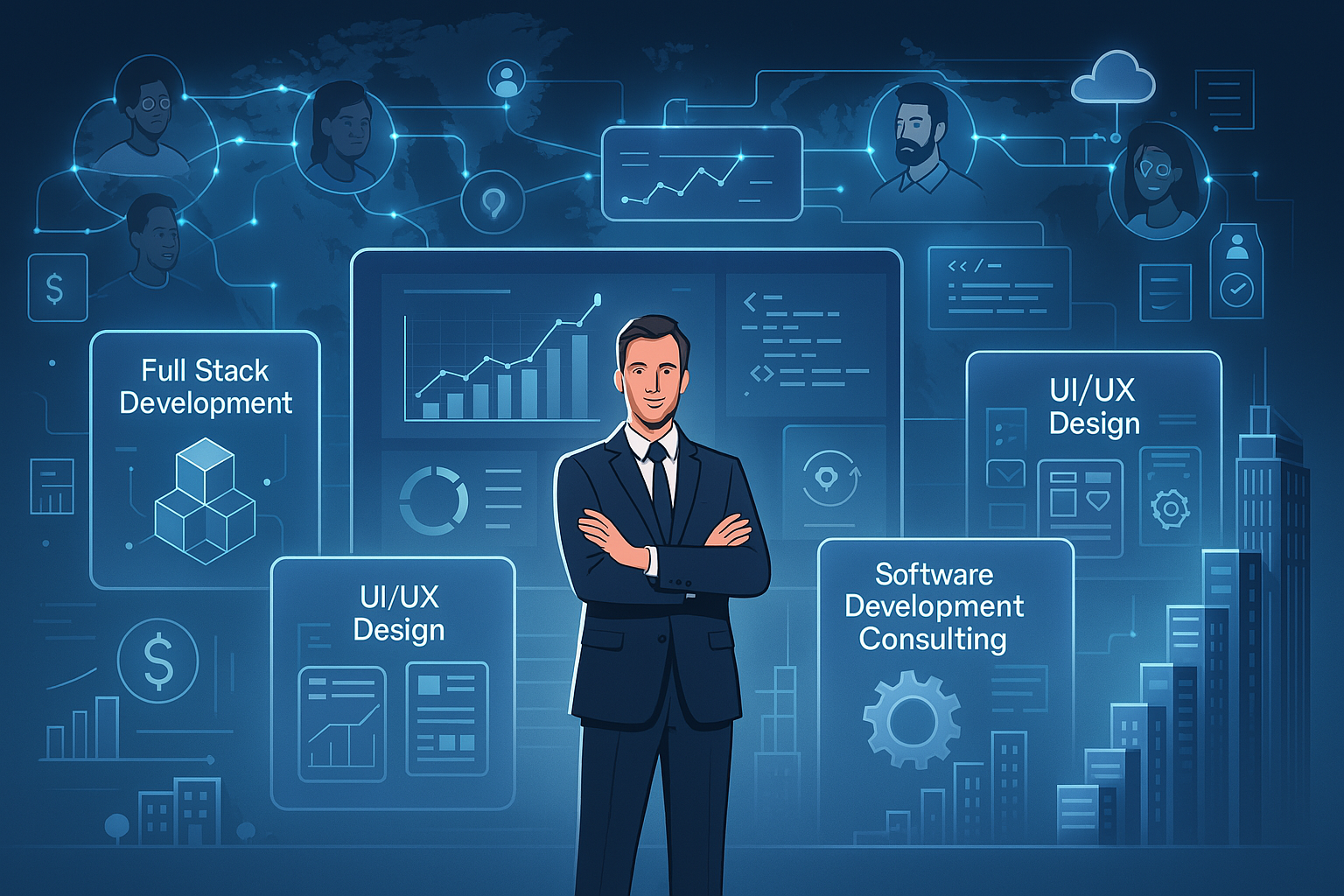AI-assisted Coding vs. Traditional Programming: The Future of Development
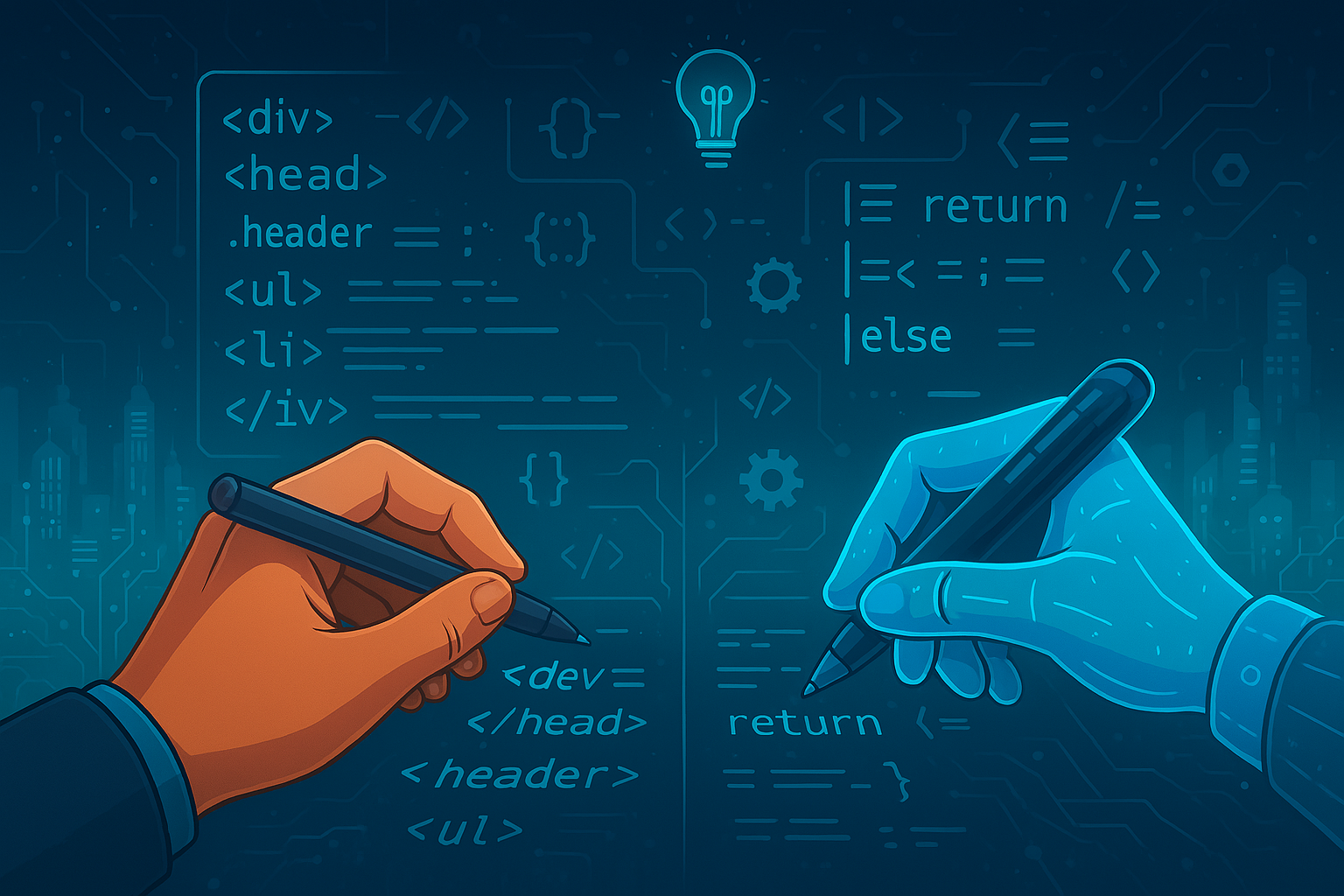
The landscape of software development is evolving rapidly, thanks to the rise of AI-assisted coding tools. From GitHub Copilot to ChatGPT, artificial intelligence is transforming how developers write code, debug, and optimize their software. But how does AI-assisted coding stack up against traditional programming?
Is this the beginning of the end for manual coding, or a new chapter in developer productivity?
In this article, we’ll explore the key differences between AI in software development and traditional coding practices, examining the pros, cons, and what it all means for the future of development.
What Is AI-Assisted Coding?
AI-assisted coding refers to the use of artificial intelligence tools and platforms that help developers write code faster and more efficiently. These tools leverage machine learning models trained on massive code repositories to predict and suggest code snippets, detect errors, generate boilerplate, and even offer real-time documentation.
Popular tools include:
- GitHub Copilot
- ChatGPT for programming
- Amazon CodeWhisperer
- Tabnine
These tools aim to increase developer productivity, reduce repetitive tasks, and help newcomers write higher-quality code with fewer bugs.
Traditional Programming: The Classic Approach
Traditional programming involves manually writing code from scratch using a chosen language, IDE, and set of frameworks. Developers rely on experience, documentation, and problem-solving skills to build applications line-by-line. It’s a time-tested method and forms the foundation of every successful software project in history.
Key characteristics:
- Full control over logic and architecture
- Heavy reliance on knowledge, research, and debugging skills
- Steeper learning curve for beginners.
- High customization and flexibility
AI vs. Traditional: Key Differences
| Features | AI-Assisted Coding | Traditional Programming |
| Speed | Significantly faster for writing standard code | Slower but more precise |
| Learning Curve |
Lower; helps beginners learn on the job | Higher; requires more foundational knowledge |
| Code Quality |
Varies; depends on model accuracy | Typically high, when done by experienced devs |
| Creativity |
Can lack contextual understanding | Encourages deep problem-solving and innovation |
| Error Handling | AI can miss logical errors or context | Developers identify and fix complex bugs directly |
Benefits of AI in Software Development
- Boosts Productivity: Developers save time on boilerplate code, documentation, and simple tasks.
- Assists Learning: AI tools act as coding mentors for beginners by providing suggestions and examples.
- Reduces Burnout: Less time spent on repetitive coding reduces mental fatigue.
- Accelerates Prototyping: Startups and teams can build MVPs faster.
Risks and Limitations
- Over-reliance: Developers might become too dependent and lose touch with fundamental coding principles.
- Security concerns: AI may generate code with hidden vulnerabilities.
- Context blindness: AI often lacks the domain-specific understanding to make architectural decisions.
- Intellectual property issues: Code suggestions trained on open-source data may raise legal concerns
The Future of Coding: Hybrid Approach
The future of software development lies not in choosing between AI and traditional methods, but in combining the best of both worlds. Experienced developers will use AI coding tools as accelerators, not crutches, while still applying their knowledge to architecture, optimization, and security.
Upcoming developers will benefit from AI-powered learning, while still being trained in traditional logic and best practices. In the same way that calculators didn’t replace math but enhanced how we use it, AI will amplify human potential in coding rather than replace it.
Conclusion
AI-assisted coding vs. traditional programming is not a zero-sum game. Each approach has unique strengths that, when used together, unlock the next level of innovation. As we move toward the future of coding, embracing AI as a co-pilot—rather than a replacement—is the smartest strategy.
Whether you're a seasoned developer or just entering the world of programming, the integration of AI in software development is something you can't afford to ignore.
Note: IndiBlogHub features both user-submitted and editorial content. We do not verify third-party contributions. Read our Disclaimer and Privacy Policyfor details.



